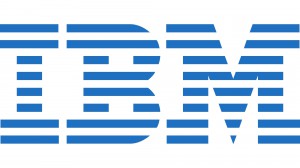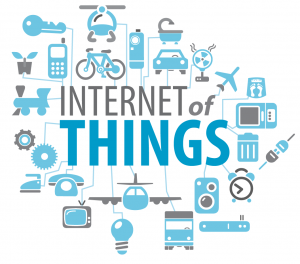internet of things
Disruptive IoT Innovation
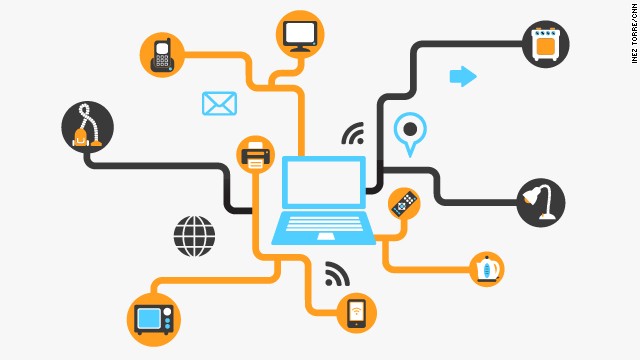
In this UX Magazine article, author Avi Itzkovitch disucusses how the Internet of Things can be used to create disruptive innovations. The main point of this article talks about how connecting a device or sensors to a network is just not enough to create a new disruptive technology, but how we use the connection to our advantage to disrupt current technologies. One example he uses is under his titled section “A Lock on Added Value”. There are already technologies that allow a user to unlock one’s front door via smartphone. However, he talks about a company called August Smart Lock who added an extra functionality to their smart lock that allows the user to share a virtual key to household members or other houseguests who are visiting your home. This gives the smart lock an added value by providing a virtual network around monitoring and providing access to your house. Now this idea certainly seems to have its flaws, but it is a creative idea that could disrupt the old technology that has secured our houses for hunsdreds of years. He also states a few other examples in the article of how utilizing connected devices can disrupt current product markets. Can you think of any examples of how using already exisitng technologies that have the ability to connect to a network can disrupt current markets?
The Top 5 Disruptive Technologies of 2014
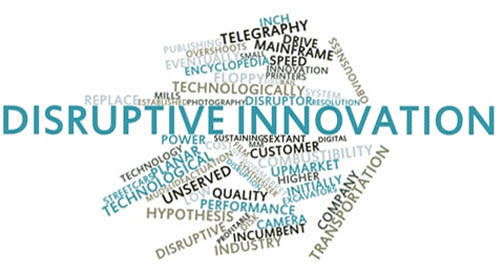
An Investor’s Guide to Disruptive Innovation
In this article, Jason Stutman talks about the 5 most disruptive technologies of last year and touches on some of the industries that they will disrupt. Some of which we have discussed in class. He lists that Additive Manufacturing, The Automated World, The Internet of Things, Next Generation Interface, and Next Generation Genomics are the five most disruptive technologies. Additive Manufacturing is the process of buiilding three-dimensional objects with machines using CAD software (3D Printing). This is disrupting manufacturing as a whole because it can literally make anything and results in less waste, faster output, and lower operational costs. Automated World is what its title suggests, automation. This technology could disrupt the job market and affect areas such as automated retail, advanced robotics, and artificial intelligence. The Internet of Things is the concept of everyday objects becoming connected to the web. This disruptive technology is directly tied to the automated world. Next Generation Interface refers to the fact that our devices become smaller and smaller that we will need a new means on interaction with them. Lastly, Next Generation Genomics refers to treatment based on genetic sequencing rather than symptoms. All of these are disruptive based on facts sited in the article. What technologies will be considered the most disruptive for 2015?
IBM to Invest in IoT
IBM will invest $3 billion over four years to create an Internet of Things business unit. The focus of the unit will be on travel, logistics, insurance, public utilities, transportation, and retail. IBM plans on partnering with other companies for this project, such as AT&T and semiconductor companies. IBM also started that they are going to work with engine manufacturer, Cummins, to collect real time data on products. Whirlpool is also working with IBM to better predict when appliances need servicing. Additionally, police departments in Durham, NC and Memphis, TN use IBM products to target crime hotspots. The IDC estimates that there will be 28 billion IoT devices by 2021.
Do you agree that IBM should partner with other companies?
Do you think that IBM is too late, or are they entering the market at the right time?
Where is the Killer App for “The Connected Home”?
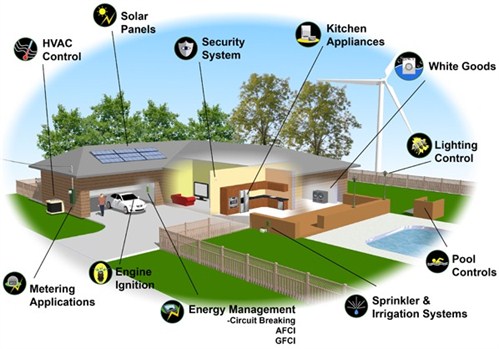
The “Connected Home”, a concept we talked about in class as part of the disruptive innovation section, currently has a low household penetration rate. According to this article on USAToday, NextMarket Insights reports that only 1.48 million American households had smart home systems by the beginning of 2014; this number, however, is projected to skyrocket to 15.03 households by 2019.As innovative as the idea is, not many Americans are aware of the concept and the technologies that currently back it. Apple, Samsung, Nest, and Google are among a slew of companies releasing dedicated technologies aiming to connect the home through “The Internet of Things” (and debuted many of these at this year’s CES conference, such as Apple’s HomeKit and Samsung’s SmartThings platform), but herein lies the problem: there is no standard method of connecting household appliances. Each company offers their own proprietary solutions, which doesn’t help when mixing and matching appliances and technologies; in other words, the different components of a connected home won’t necessarily be compatible with each other.
In order for these technologies to truly disrupt the market and gain a widespread adoption rate, many feel the need for a “Killer App“ to sway the majority of consumers into investing into the technology: one that is easy to use and provides a high level of standardization.
- What components do you guys think will be required in a “killer app” for a Connected Home, and who do you think is capable of pulling this off?
- Is there any established technology out there, such as Apple’s HomeKit (which allows hands-free Siri communication), that you think will eventually dominate the market?
- What is still missing in this sector that consumers have a need for that isn’t being provided?
- Lastly, do you agree with the household penetration projection for 2019?
AI + IoT = Good or Bad?
According to this article, the integration of artificial intelligence (AI) with the Internet of Things (IoT) is inevitable, and there are prominent people such as Stephen Hawking, Bill Gates, and Elon Musk that warn against what may result by the combination. Fears range from the simple (putting employees out of work) to the extreme (Terminator SkyNet scenarios), but there are also people like Kevin Hally (founding editor of Wired magazine) who see the integration of IoT and AI to bring huge benefits to business (i.e. cutting costs by automating tasks) as long as they remain “consciousness-free”.
With over 50 billion devices expected to be connected to the internet by 2020 (more than 7 times the entire human population as of now), what do you think the implications will be if billions of embedded devices are eventually connected to artificially intelligent machines? Do you think AI is still too far in the distant future to even worry about? And, arguably as important, how can AI become a disruptive innovation unto itself? Do you agree with Kevin Hally that soon start up businesses will start basing their business plans on “cognitizing” what was previously “electrified”, with AI eventually becoming a commodity like electricity currently is?
PlayStation Mobile Shutting Down..Reflections on the “Internet of Things”
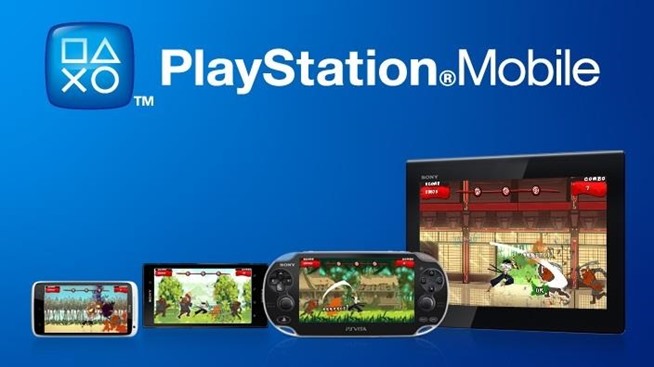
As confirmed in this article, Sony has announced that it is shutting down its PlayStation Mobile service; this happened just ONE DAY after I recommended in my presentation last Tuesday that Sony use the service as part of its strategy to protect itself against new entrants such as OnLive that are attempting to disrupt the market. Launched in October 2012, the service will officially end on July 15, culminating in a mere existence of 2 years and 9 months (for those who weren’t in class for my presentation, PlayStation Mobile was basically a framework for an “app store” that hosted exclusive games and other content that catered to indie developers). A listing here shows that the service was compatible with 72 devices, including the PlayStation Vita and PlayStation TV, taking full advantage of the “Internet of Things”, or IoT. Yet, with such a broad range of compatibly and a strong brand name, the service was ultimately known for poor developer support, a weak game library, and a small user base.
In light of this failure by an established incumbent but the continued success of other services that take advantage of IoT devices (such as iOS, Android, and Valve’s Steam) and a wave of new entrants (such as OnLive, as from my presentation, and Nvidia’s Shield, as posted by James Brunetto), what do you think a company needs to do in order to achieve success and stay relevant with a service that is meant to be compatible on a wide range of popular devices? Was PlayStation Mobile not innovative enough? And what features would a service like this in the gaming industry need in order to truly be considered disruptive?
The Internet Of Things & Energy Costs
For my disruptive innovation project, I looked at “The Internet of Things,” one of the top disruptive innovations recently, and an idea that I was not familiar with. This concept is that of things all around us, from watches to refrigerators, being embedded with sensors that allow these devices to communicate and share data. In doing some further research, I found this article about how The Internet of Things can help companies slash their energy costs- a concept that I had no considered.
While I think many people focus on The Internet of Things as a way to make people more connected and make our lives easier, I don’t think there’s enough focus on the good that IOT can do. The article talks about how companies can use smart grids, which will run on the IOT, which allow energy distribution to be evaluated in real-time, rather than based on historical data. This will allow companies to more effectively manage their energy usage, thus saving them money and helping the environment through reduced energy usage/waste.
What other potential do you see for IOT savings money and doing good? Do you think there are applications for a smart grid in a smaller sense, rather than just for businesses?


